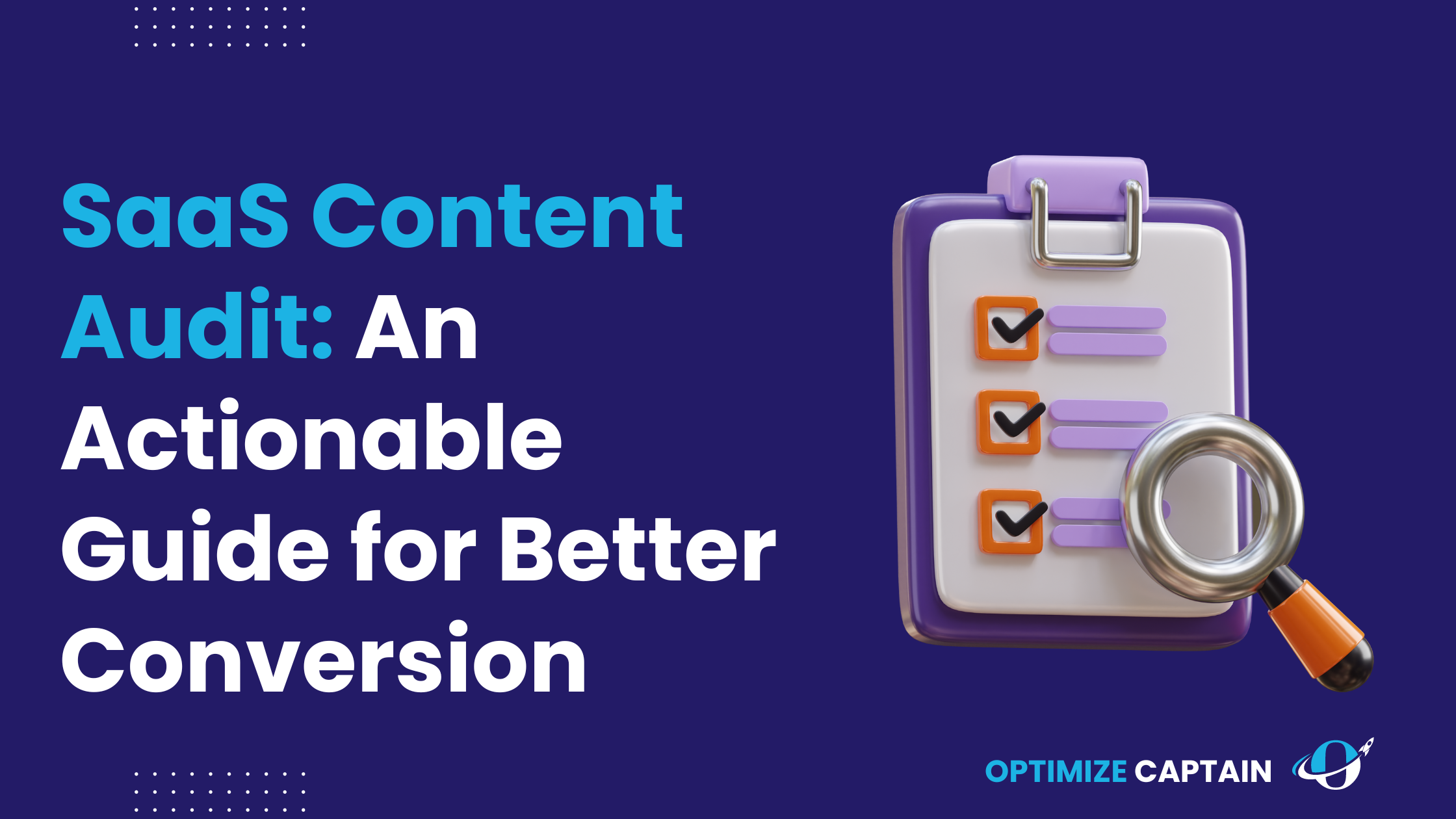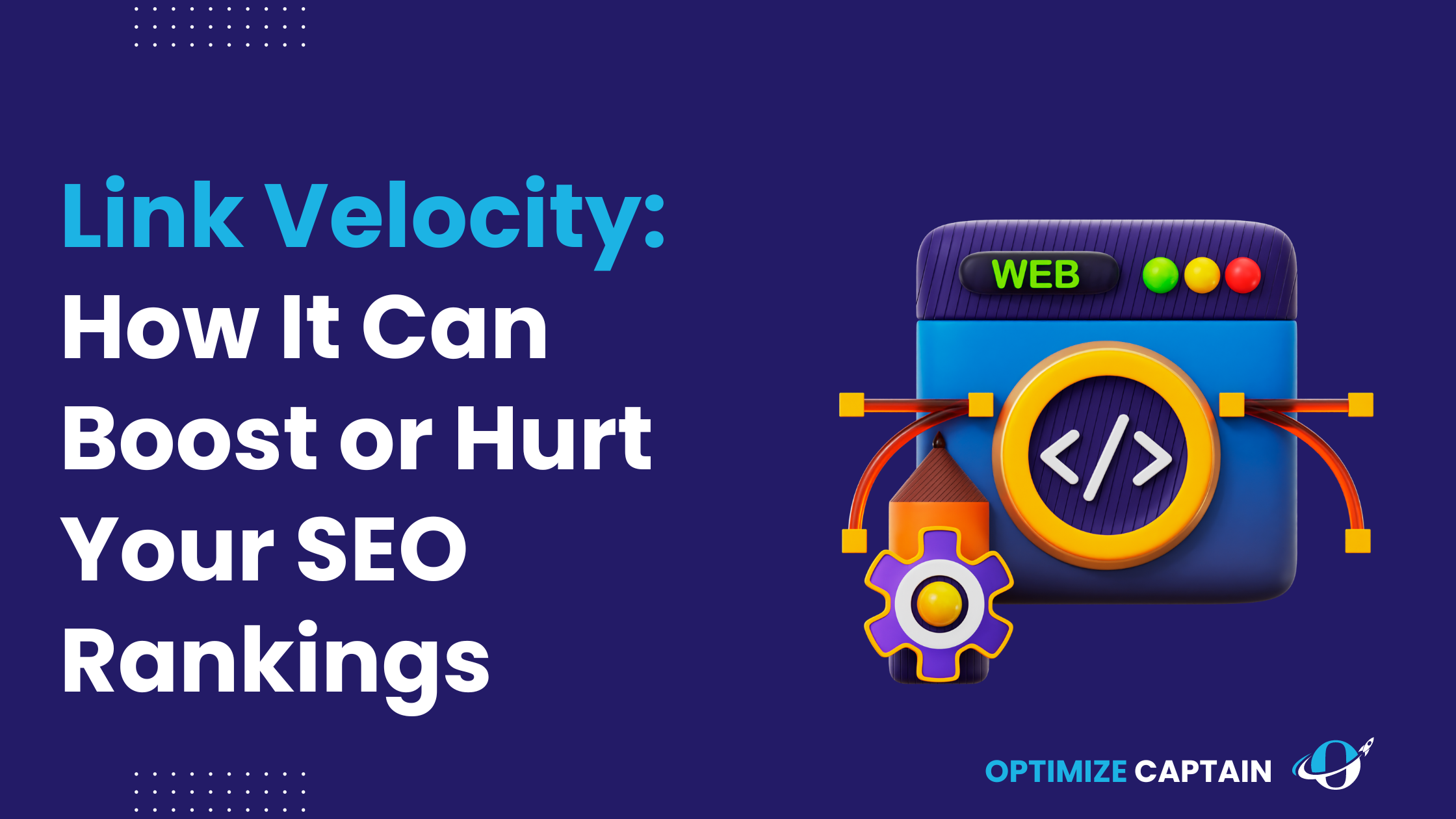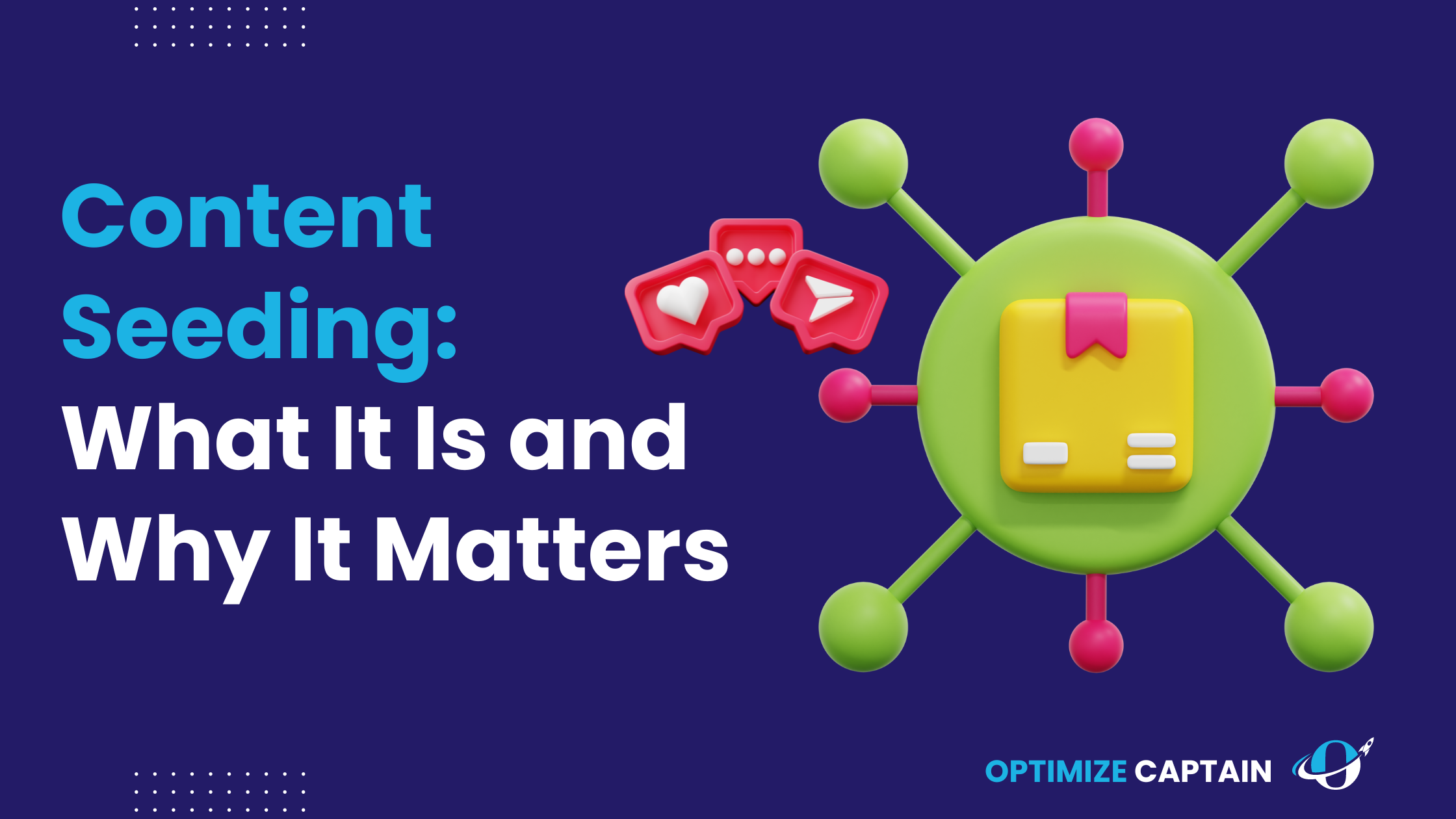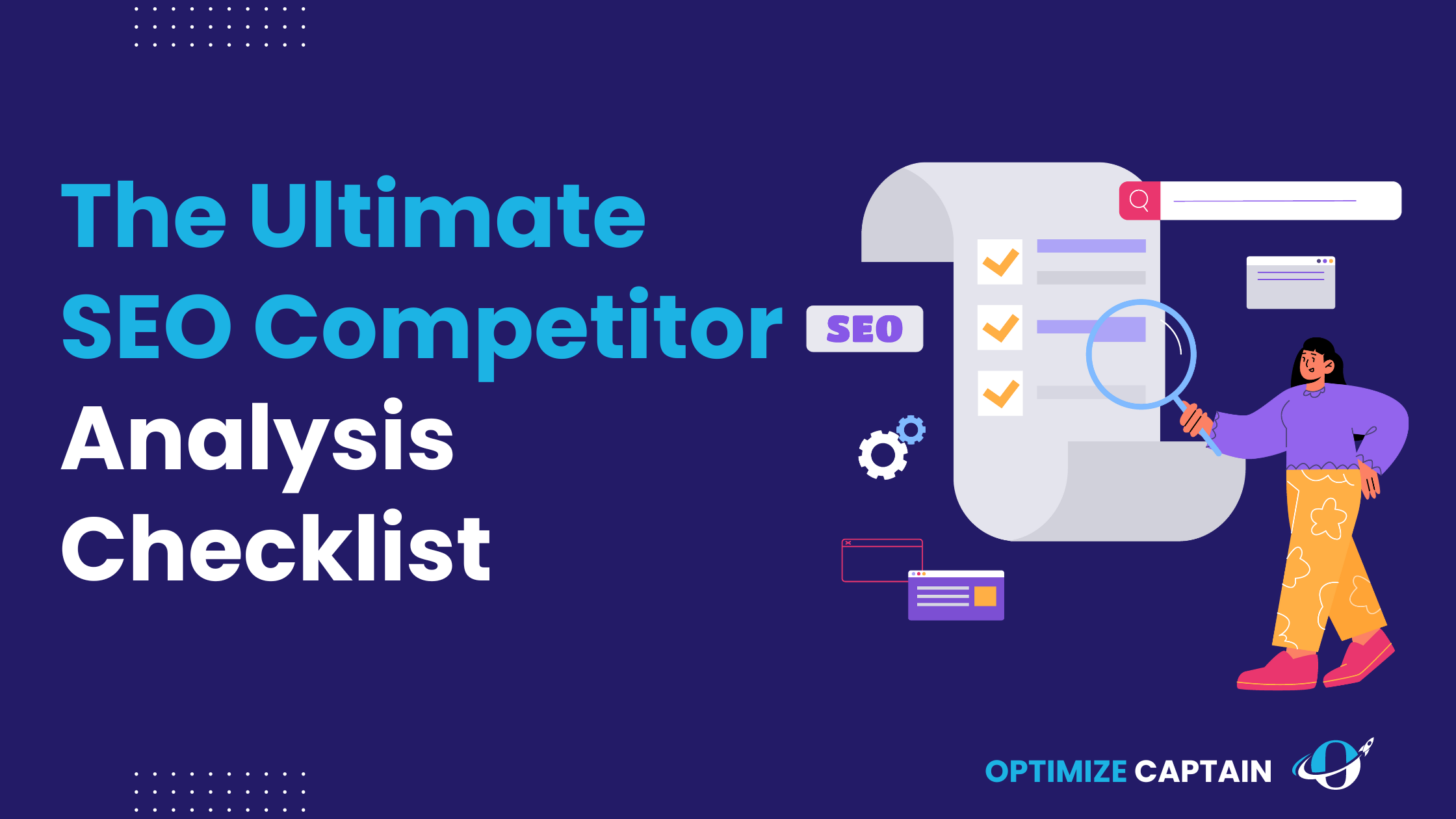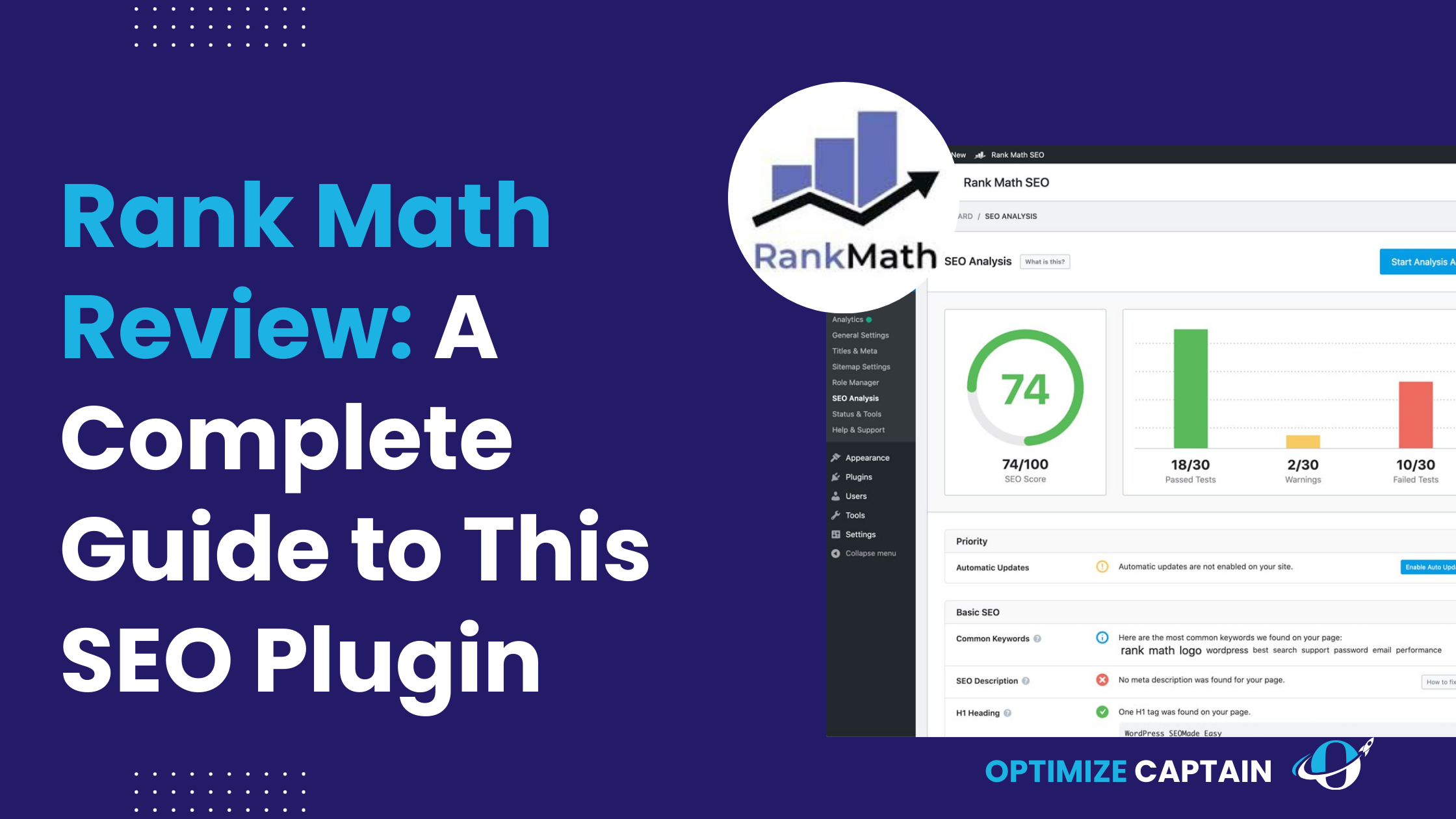Content is the lifeblood of any SaaS company. From blog posts to case studies and webinars to white papers, every piece of content you create aims to engage your audience, build trust, and drive conversions. But what happens when your content stops delivering the results you need?
If your content is failing to convert, you’re not alone. Many SaaS companies are in the same boat, pumping out content without seeing the expected ROI. The good news? There’s a solution that can help you get your content back on track: a comprehensive content audit.
In this SaaS Content Audit guide, we’ll take you step by step through conducting a content audit explicitly tailored for SaaS companies. We’ll cover everything from the types of content you should audit to the key metrics you need to track and how to optimize your content for both SEO and user experience (UX). By the end of this guide, you’ll have a clear roadmap to transform your content into a powerful driver of growth.
Why Your SaaS Content Needs a Tune-Up
Before we dive into the how-to, let’s talk about the why. If you’re wondering whether a content audit is essential, consider these common issues that plague SaaS content:
1. Low Conversion Rates
You’re driving traffic to your site, but those visitors aren’t converting into leads or customers. This is a major red flag: your content isn’t resonating with your audience or isn’t aligned with their needs.
2. Outdated Content
The SaaS industry moves fast, and what was relevant last year might be outdated today. If your content contains outdated information, it will lose its value and damage your credibility.
3. Inconsistent Messaging
Over time, as your company evolves, your messaging might shift. But if your content doesn’t reflect these changes, it can confuse your audience and dilute your brand identity.
4. Poor SEO Performance
Even the best content won’t perform well if it’s not optimized for search engines. If your content isn’t ranking, it’s not driving organic traffic—a missed opportunity.
A content audit is your secret weapon for diagnosing and fixing these issues. By systematically reviewing all your content, you can identify what’s working, what’s not, and what needs to be improved. Let’s dive into the process.
Steps of Creating a Solid Content Audit
Step 1: Take Inventory of Your Content
The first step in any content audit is to take stock of what you have. This means creating a comprehensive inventory of all your content assets, from blog posts to videos, eBooks, case studies, and beyond.
Why This Matters
Without a clear understanding of what content you already have, you can’t effectively evaluate its performance or identify gaps in your strategy. A content inventory gives you a bird’s-eye view of your content landscape, allowing you to see the big picture.
How to Do It
- Use Tools to Automate: Screaming Frog or SEMrush can crawl your website and generate a list of all indexed content. This saves time and ensures you don’t miss anything.
- Categorize Your Content: Organize your content by type (e.g., blog posts, videos, case studies) and by the funnel stage it targets (awareness, consideration, decision). This categorization will help you analyze performance in context.
- Document Key Details: For each piece of content, note its title, URL, publication date, target keywords, and performance metrics (more on this in the next step).
Pro Tip: Prioritize Your High-Impact Content
Not all content is created equal. As you build your inventory, prioritize content that has the potential to drive the most value for your business. This might include high-traffic blog posts, cornerstone content, or pieces that target high-intent keywords.
Step 2: Analyze Content Performance
Once you have a complete inventory, the next step is to evaluate each piece of content’s performance. This involves examining the metrics that matter most for your business.
Key Metrics to Track
1. Traffic Metrics
- Organic Traffic: The number of visitors arriving at your content from search engines. If content isn’t attracting organic traffic, it may not be well-optimized for SEO.
- Bounce Rate: The percentage of visitors who leave after viewing just one page. A high bounce rate can indicate your content isn’t engaging or relevant to your audience.
Problem: You notice that a high-traffic blog post has a high bounce rate, indicating that visitors aren’t finding what they want.
Solution: Revisit and update the content with more relevant information, add internal links to related articles, and include a more vital call to action (CTA) to encourage deeper engagement.
2. Engagement Metrics
- Social Shares: How often is your content shared on social media platforms? This can be a good indicator of how valuable your audience finds the content.
- Comments and Interactions: The level of interaction and discussion your content generates can provide insights into its impact on your audience.
Problem: Your case studies aren’t being shared as much as you’d like, and they receive minimal comments.
Solution: Enhance the storytelling in your case studies, use more compelling visuals, and promote them more actively across your social media channels.
3. Conversion Metrics
- Conversion Rate: The percentage of visitors who take a desired action, such as signing up for a free trial, downloading a white paper, or requesting a demo.
- Lead Generation: The number of leads generated through specific content pieces.
Problem: A critical eBook that generates leads is no longer performing well.
Solution: Audit the eBook landing page, optimize the copy and CTA, and consider offering the eBook in different formats (e.g., as part of an email series or a webinar).
Pro Tip: Use Google Analytics and More
While Google Analytics is a powerful tool for tracking these metrics, consider using additional tools like Hotjar for heatmaps, Crazy Egg for A/B testing, and Ahrefs or Moz for more detailed SEO insights. These tools can give you a more nuanced understanding of how users interact with your content.
Step 3: Identify Content Gaps
With a clear picture of your content inventory and performance, it’s time to identify gaps in your content strategy. Content gaps are areas where your content doesn’t fully address your audience’s needs or where there’s an opportunity to create new content that can drive traffic and conversions.
Why Content Gaps Matter
Content gaps represent untapped opportunities. By filling these gaps, you can attract new audiences, rank for additional keywords, and provide more value to your existing customers.
How to Identify Content Gaps
- Keyword Research: Use tools like Ahrefs or SEMrush to identify keywords your competitors are ranking for but aren’t. These are opportunities to create new content or optimize existing content to capture additional search traffic.
- Customer Feedback: Review customer support tickets, surveys, and feedback forms to identify common questions or pain points your content doesn’t address.
- Competitor Analysis: Analyze your competitors’ content to see what topics they cover that you don’t. Look for opportunities to create more in-depth or better-optimized content on those topics.
Problem: You discover that your content lacks in-depth guides on emerging industry trends your competitors are already covering.
Solution: Plan a series of blog posts or a comprehensive eBook on these trends, ensuring the content is well-researched, visually engaging, and optimized for SEO.
Pro Tip: Leverage Content Clusters
Content clustering involves creating a series of related pieces that interlink, forming a network around a central topic. This strategy helps fill content gaps and improves SEO by signalling to search engines that your site is an authoritative source on a particular subject.
Step 4: Optimize Existing Content
Now that you’ve identified which content is underperforming or outdated, it’s time to optimize. This step involves improving the content you already have to ensure it aligns with your business goals and provides maximum value to your audience.
How to Optimize Content
1. SEO Optimization
- Keyword Integration: Ensure your content is optimized for target keywords, including primary, secondary, and long-tail variations. Keywords should be naturally integrated into the title, headings, and body text without keyword stuffing.
- Internal Linking: Improve your site’s structure by adding internal links between related content pieces. This helps users navigate your site and distributes page authority, boosting SEO.
- Meta Descriptions and Title Tags: Revamp meta descriptions and title tags to be more compelling and include relevant keywords. These elements play a crucial role in click-through rates from the SERPs.
Problem: Your blog post ranks on the second page of Google but isn’t gaining much traction.
Solution: Revise the post to target the main keyword better, add related long-tail keywords, and optimize the meta description to increase appeal.
2. User Experience (UX) Improvements
- Content Layout: Break up long blocks of text with subheadings, bullet points, and images to improve readability. A well-organized layout encourages users to stay longer and engage with your content.
- Mobile Optimization: Ensure that your content is mobile-friendly. Given that a growing number of web traffic comes from mobile devices use responsive design to ensure your content adapts to different screen sizes.
Problem: Your eBook download page looks great on desktop but is challenging to navigate on mobile devices.
Solution: Redesign the page using responsive design principles, ensuring that the form fields, buttons, and text are easy to interact with on all devices.
3. Content Refresh
- Update Data and Examples: Replace outdated statistics and examples with current information. This will not only improve the relevance of your content but also boost its credibility.
- Add Visuals: Enhance your content with relevant images, infographics, or videos. Visual elements break up the text and make the content more engaging.
- Strengthen CTAs: Review and optimize your calls to action. Ensure they are clear, compelling, and aligned with your business goals.
Problem: An older blog post that used to drive significant traffic has decreased visits over the past year.
Solution: Refresh the content by updating the data, adding a new infographic, and revising the CTA to align with your latest product offerings.
Step 5: Repurpose High-Performing Content
Maximizing the value of your content isn’t just about creating new pieces—it’s also about getting the most mileage out of what you already have. Repurposing content allows you to reach new audiences and extend the life of your existing assets.
Why Repurposing Matters
Repurposing content is a highly efficient way to increase the ROI of your content marketing efforts. You can reach a wider audience without starting from scratch by adapting your content for different formats and channels.
How to Repurpose Content
1. Turn Blog Posts into Videos
- Why It Works: Video content is highly engaging and can be easily consumed by audiences who prefer watching over reading.
- How to Do It: Use tools like Lumen5 or Animoto to convert blog posts into short, informative videos. These can be shared on YouTube or social media or embedded within the original blog post.
Problem: Your blog posts are well-received, but you’re not capturing the video-loving audience.
Solution: Identify your top-performing blog posts and create short videos summarizing the key points. Share these videos on your social channels to drive traffic to your website.
2. Transform Case Studies into Webinars
- Why It Works: Webinars allow you to explore the case study more deeply, engage with your audience in real-time, and answer their questions on the spot.
- How to Do It: Select a few of your most compelling case studies and create a webinar around them. Use the case study as a starting point, and expand on the topic with additional data, live Q&A, and expert insights.
Problem: Your case studies generate leads but could be more impactful.
Solution: Host a webinar that walks attendees through a case study, offering deeper insights and practical takeaways. Record the webinar and offer it as an on-demand resource to continue generating leads.
3. Convert Ebooks into Email Series
- Why It Works: Breaking down an eBook into a series of emails allows you to deliver valuable content over time, keeping your audience engaged and leading them down the sales funnel.
- How to Do It: Split your eBook into a 5-7-part email series. Each email should cover a specific chapter or section and include a CTA that encourages readers to take the next step.
Problem: Your eBook is valuable, but some potential leads might hesitate to download and read a lengthy document.
Solution: Offer the same content as a drip email campaign, making it easier for busy prospects to digest the information in smaller, more manageable chunks.
Pro Tip: Tailor Content to Each Platform
When repurposing content, always consider the platform you’re targeting. What works on LinkedIn might not be as effective on Instagram or YouTube. Tailor the format, tone, and delivery to fit the platform and audience.
Related Read: SaaS Content Calendar
Case Study: Buffer
The Problem: Buffer, a social media management platform, had a blog that generated traffic but did not convert that traffic into paying customers. The disconnect between their blog content and product offerings cost them valuable leads.
The Solution: Buffer performed a content audit, focusing on aligning its content with the customer journey. They identified which pieces of content were driving traffic but failing to convert and reworked them to guide readers toward a better conversion.
What They Did:
- Customer Journey Mapping: Buffer mapped out the customer journey and aligned their content to each stage, ensuring every blog post had a clear next step.
- Content Optimization: They optimized existing content to include stronger CTAs, more relevant internal links, and targeted lead magnets.
- Content Expansion: Buffer expanded on popular topics, creating in-depth guides and resources that addressed the specific needs of their audience.
The Results: Buffer’s content audit led to a measurable increase in conversions, with more blog readers signing up for trials and becoming paying customers.
Optimizing Content for SEO and UX: A Unified Approach
SEO and UX aren’t just buzzwords—they’re critical factors that can improve your content’s performance. By optimizing your content for both, you ensure that it’s not only discoverable by search engines but also engaging and valuable for your audience.
SEO Optimization
Your content must be thoroughly optimized for SEO to rank well in search engines. This includes everything from keyword integration to meta descriptions and internal linking.
Problem: Your content isn’t ranking on the first page of Google despite being high-quality and informative.
Solution:
- Keyword Research: Conduct thorough keyword research to identify the terms your target audience is searching for. Use these keywords strategically throughout your content, but avoid keyword stuffing.
- On-Page SEO: Ensure your content follows on-page SEO best practices, including optimized title tags, meta descriptions, header tags, and URL structures.
- Internal and External Linking: Strengthen your internal linking structure to boost SEO. Include external links to high-authority sites to support your content and improve its credibility.
UX Improvements
While SEO helps bring visitors to your content, UX ensures they stay engaged. Poor user experience can lead to high bounce rates and low conversions, even if your content ranks well.
Problem: Visitors leave your site quickly, resulting in a high bounce rate.
Solution:
- Content Layout: Improve readability by breaking up long text blocks, using bullet points, and adding images or videos. A well-structured layout keeps users engaged and encourages them to explore more content.
- Mobile Optimization: With more users accessing content on mobile devices, ensure your content is mobile-friendly. Use responsive design to adapt to different screen sizes and enhance the user experience.
- Page Load Speed: Slow loading times can drive visitors away before they engage with your content. Improve load times by compressing images, minifying code, and browser caching. A faster site enhances user experience and boosts your SEO rankings.
Conclusion
A content audit is more than just a clean-up exercise; it’s a strategic opportunity to align your content with your business goals, improve your SEO and UX, and ultimately drive better results for your SaaS company. By following the steps outlined in this guide—taking inventory, analyzing performance, identifying content gaps, optimizing existing content, repurposing high-performing content, and enhancing UX—you can turn underperforming content into a powerhouse of value for your audience and your bottom line.
FAQ’s
1. What is a SaaS content audit, and why is it important?
A SaaS content audit is a thorough evaluation of your website’s content assets, such as blog posts, case studies, and landing pages. It helps identify underperforming content, content gaps, and optimization opportunities to improve engagement, SEO rankings, and conversion rates.
2. How often should I conduct a SaaS content audit?
It’s recommended that you conduct a content audit at least once or twice a year. Regular audits ensure that your content stays relevant, aligns with current SEO trends, and continues to meet your business goals.
3.What tools can I use to conduct a SaaS content audit?
Tools like Screaming Frog, SEMrush, Ahrefs, and Google Analytics are essential for conducting a comprehensive content audit. These tools help you crawl your website, analyze performance metrics, and identify areas for improvement.
4.What key metrics should I track during a SaaS content audit?
Important metrics to track include organic traffic, bounce rate, conversion rate, time on page, and social shares. These metrics provide insights into how well your content is performing and where optimizations are needed.
5.How do I identify content gaps during a SaaS content audit?
Content gaps can be identified by comparing your content with competitors, performing keyword gap analysis, and reviewing customer feedback. This helps you discover topics and keywords you may be missing, allowing you to create content that better meets your audience’s needs.

